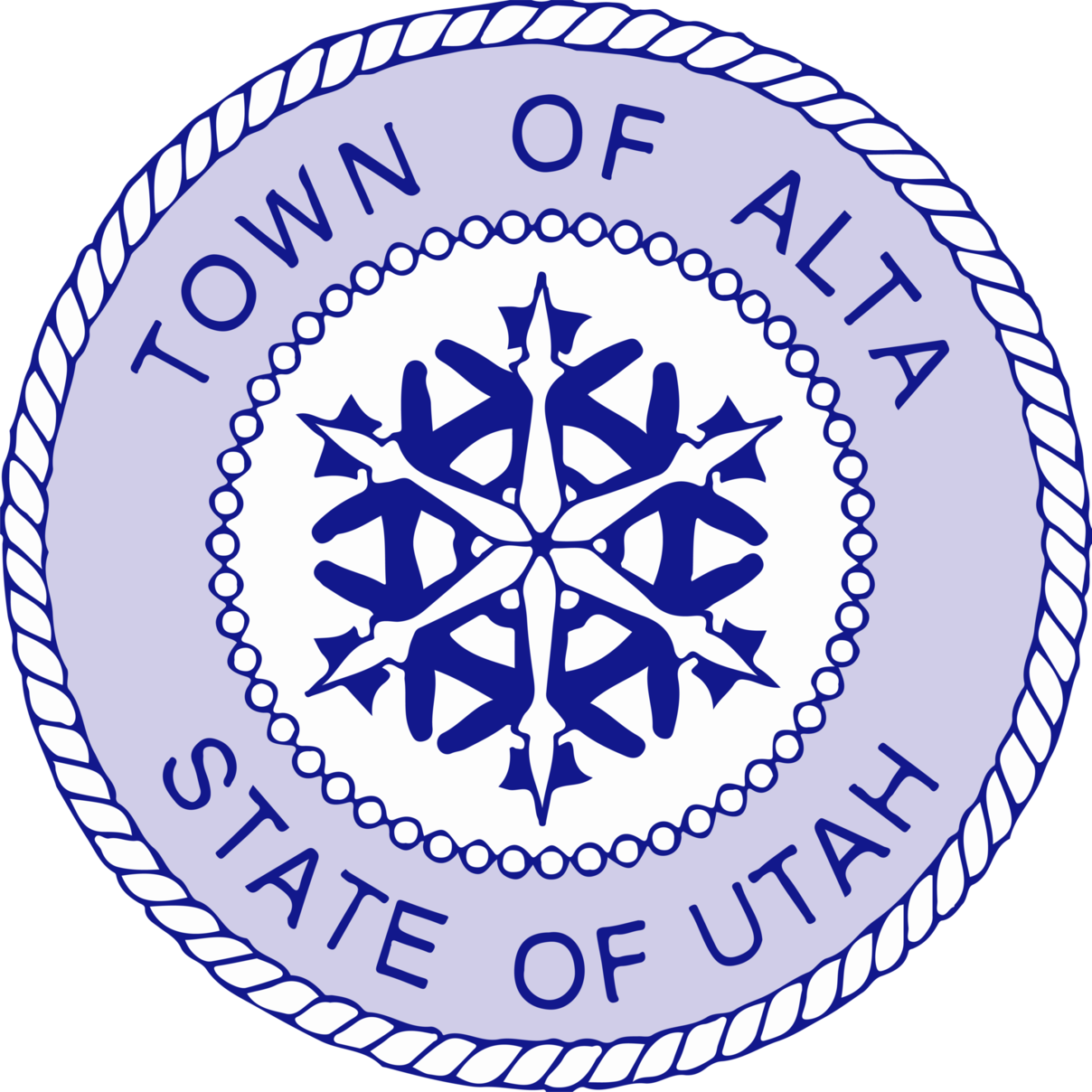Alta is renowned for its colorful and accessible history. For more exhaustive resources, please see the Alta Historical Society, the University of Utah’s Utah Ski Archives, or an excellent article appearing in the American Avalance Association’s 1988 edition of The Avalanche Review.
The first verified silver claim in Alta was staked in 1865. By 1872, several thousand seasonal residents lived in the formally unincorporated community of Alta, which grew rapidly to contain over 150 buildings. In 1873, population and activity declined due to numerous economic factors, and natural disasters including wildfire and large avalanches nearly wiped out human settlement in Alta during the late 19th century. New mineral discoveries made in 1904 prompted a second mining boom that eventually dwindled with the onset of the Great Depression in 1927.
In 1937 “Mayor” George Watson deeded 1800 acres of surface rights to the U.S. Forest Service for the development of a ski area, apparently as part of a deal with Salt Lake County for tax relief. The first Collins Lift was constructed in 1938 out of pieces of an old aerial mining tram. As home to America’s second chairlift, Alta is central to the history of American skiing. Alta Ski Area is the centerpiece of Alta’s modern economy, and it remains one of the world’s foremost skiing destinations.

